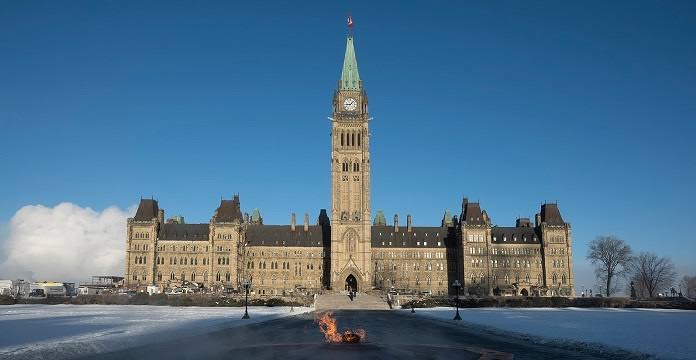Ontario, April 25: As Canada gears up for its federal election on April 28, many first-time voters—and a good number of observers abroad—are surprised to learn they won’t actually be voting for the country’s Prime Minister. At least, not directly.
Unlike the U.S. presidential system, where citizens vote for a head of state, Canada’s parliamentary democracy works differently. Voters cast a ballot not for a national leader, but for a local Member of Parliament (MP) in their riding. That MP’s party—if it wins the most seats in the House of Commons—then gets the chance to form a government. The party leader becomes Prime Minister.
This year, the Liberal Party’s newly-minted leader Mark Carney is taking on Conservative rival Pierre Poilievre, whose populist campaign has made headlines. But despite their visibility, most Canadians won’t see either name on their ballots. Instead, they’ll be choosing between local candidates who represent these national parties.
Canada’s House of Commons currently has 343 seats. A party needs 172 to form a majority government. Anything less, and Canada could end up with a minority or coalition government, making every riding count. Swing regions like Burnaby Central in B.C. and Trois-Rivières in Quebec are expected to play an outsized role in shaping the outcome.
According to the latest data from CBC, the Liberals are polling at 43.1%, while the Conservatives are at 38.4%, slightly up from earlier this month. That razor-thin gap raises the stakes significantly.
This year, at least 27.6 million Canadians are eligible to vote, about 72% of the total population. Advance polling has already broken records, with 7.3 million people casting their ballots early.
After polls close on April 28, preliminary results will trickle in that night. But final, certified results will take another two to three days, as Elections Canada completes its official count. Only then will Canadians know who’s heading to 24 Sussex Drive—not by direct vote, but by parliamentary arithmetic.
Canada Votes, But Not for the Prime Minister: How the System Works

